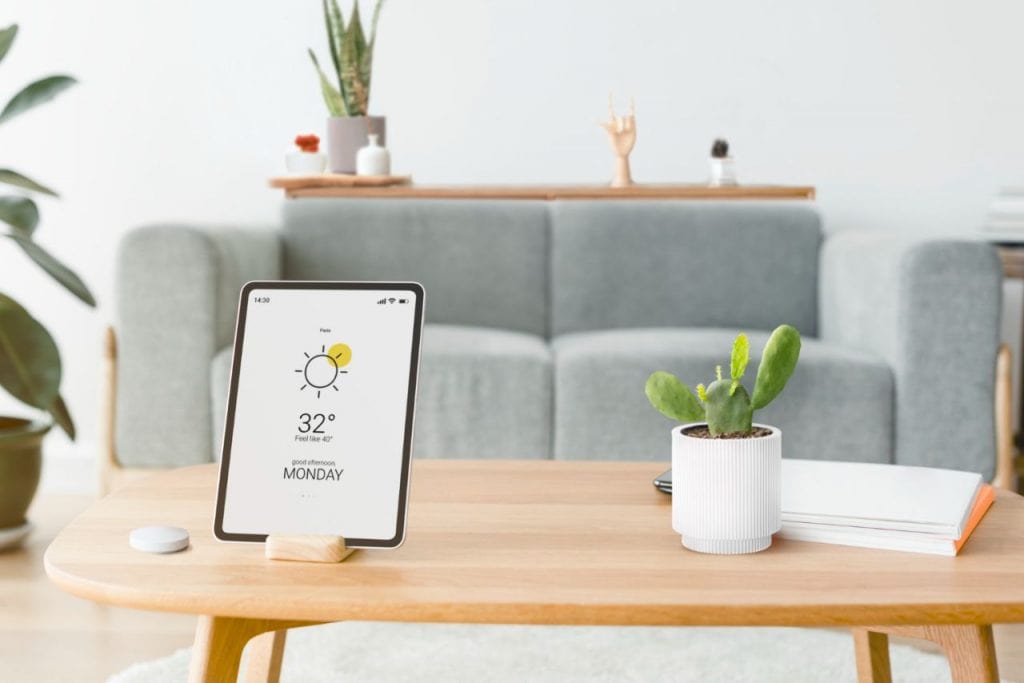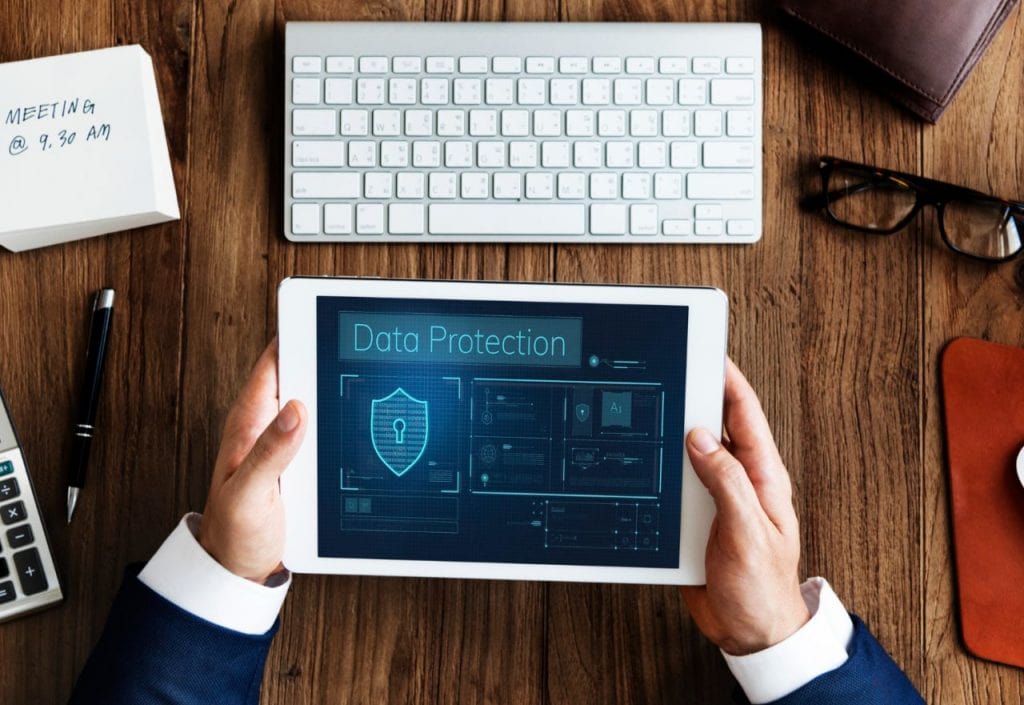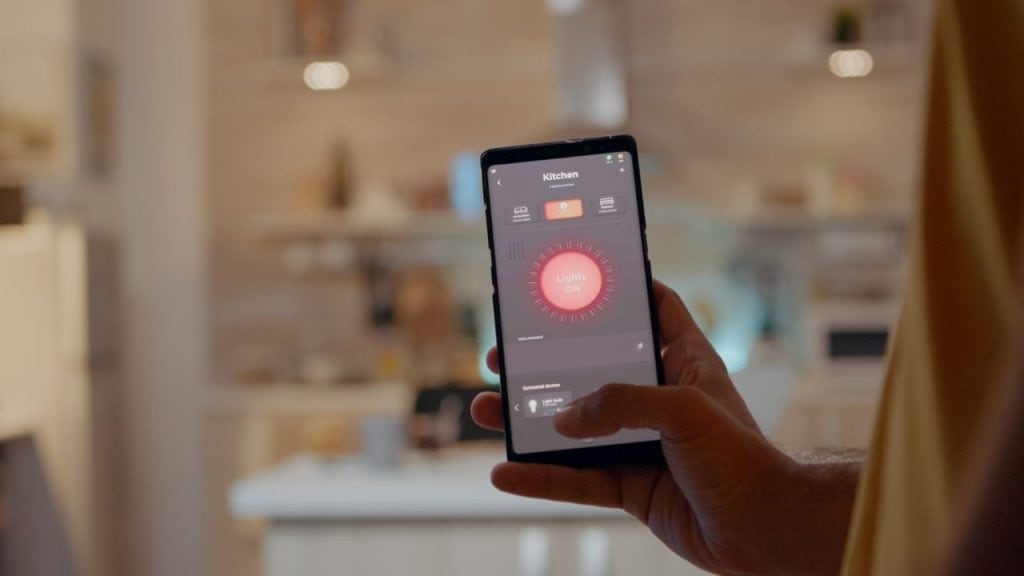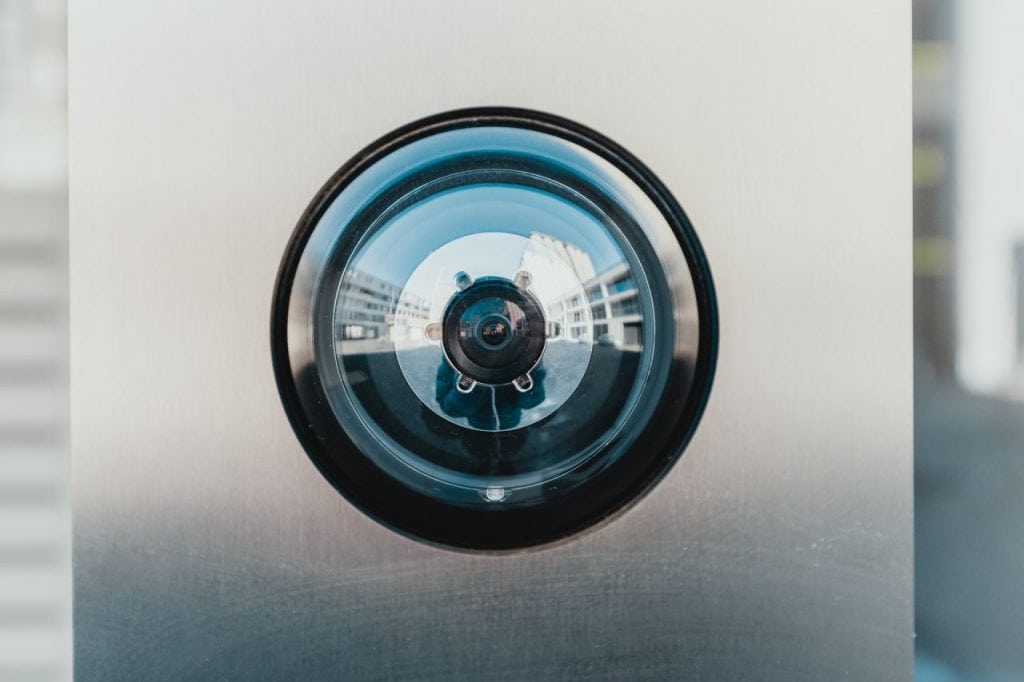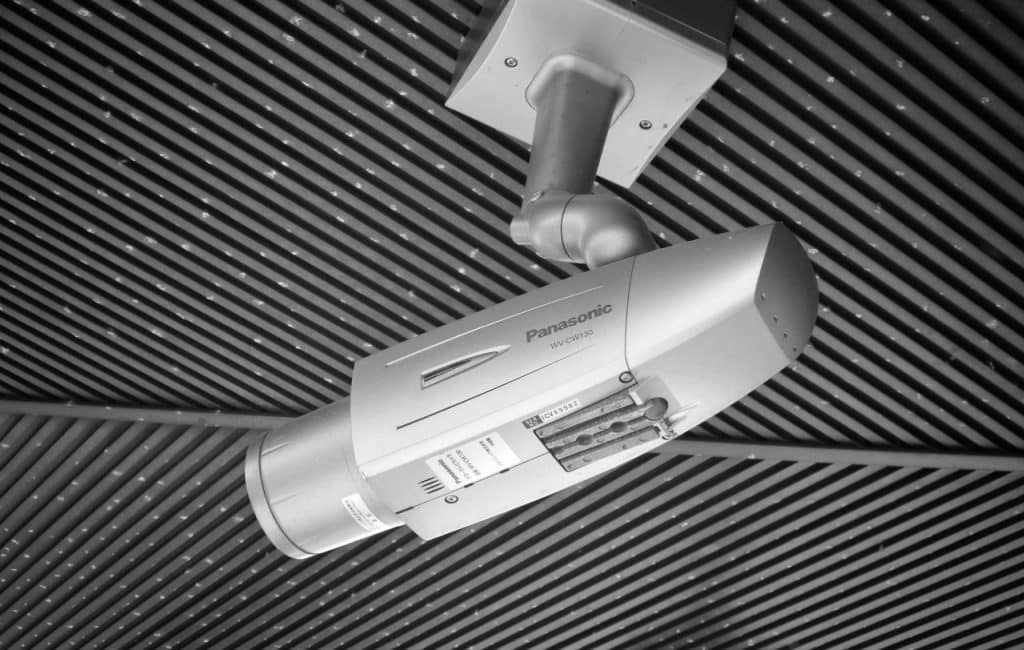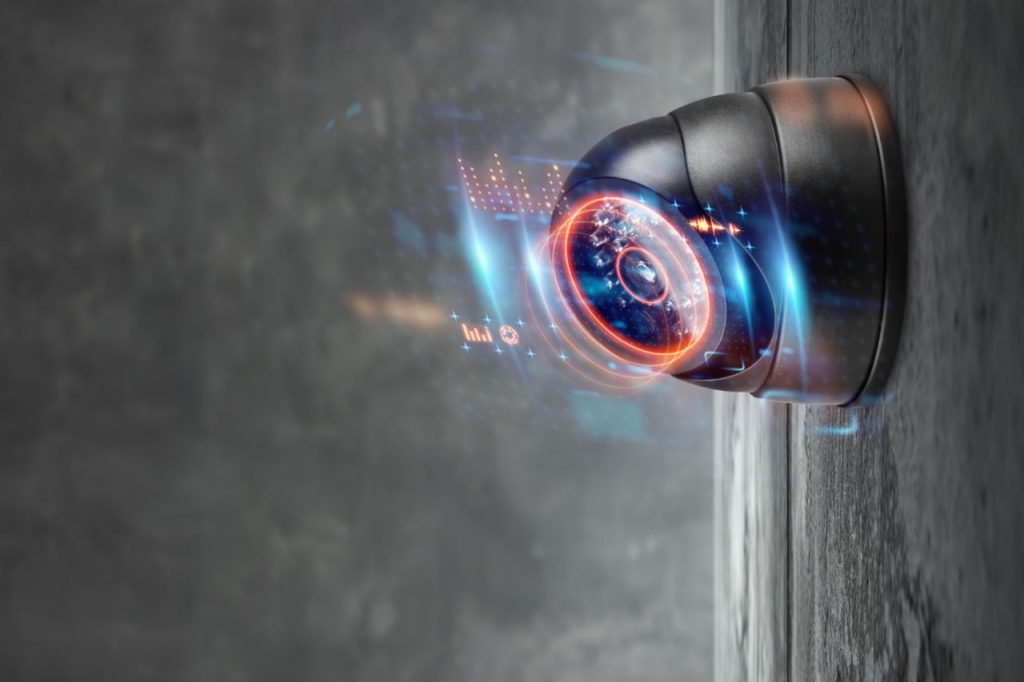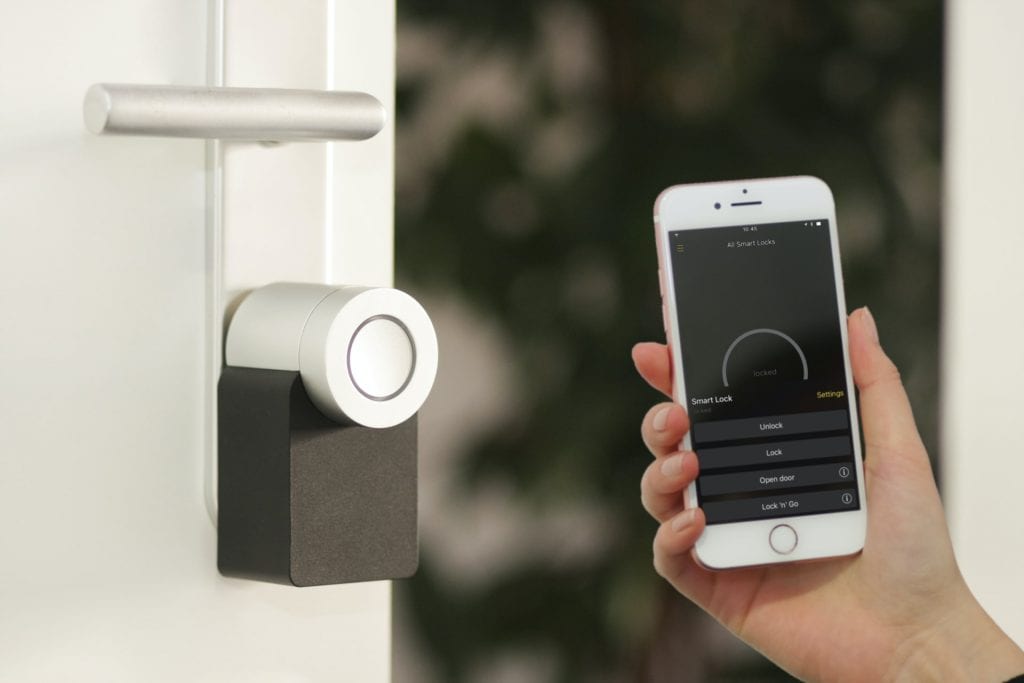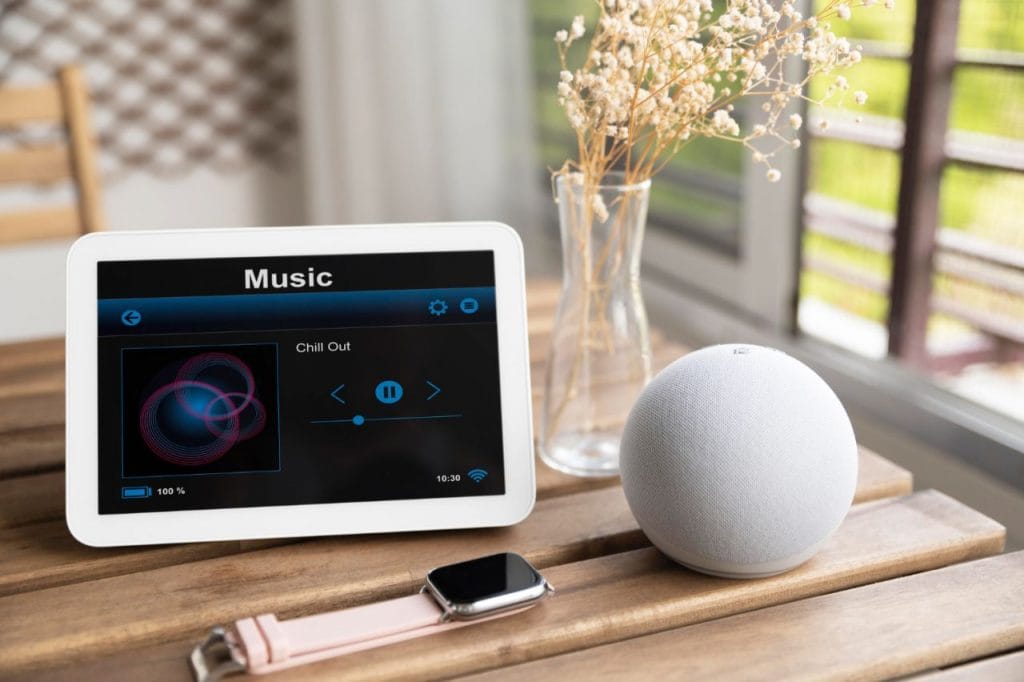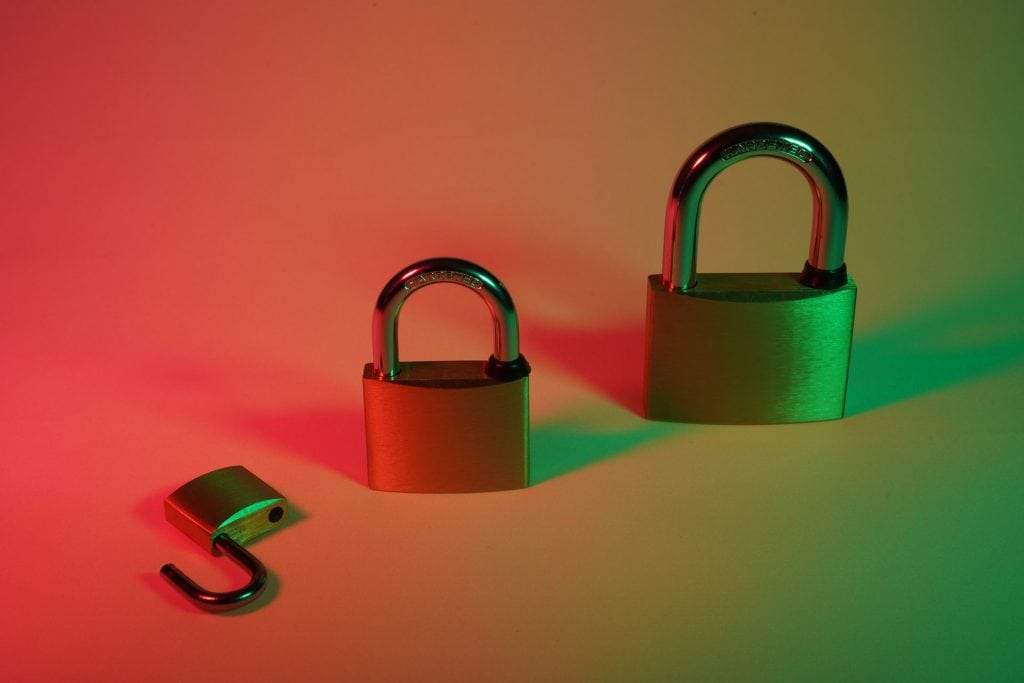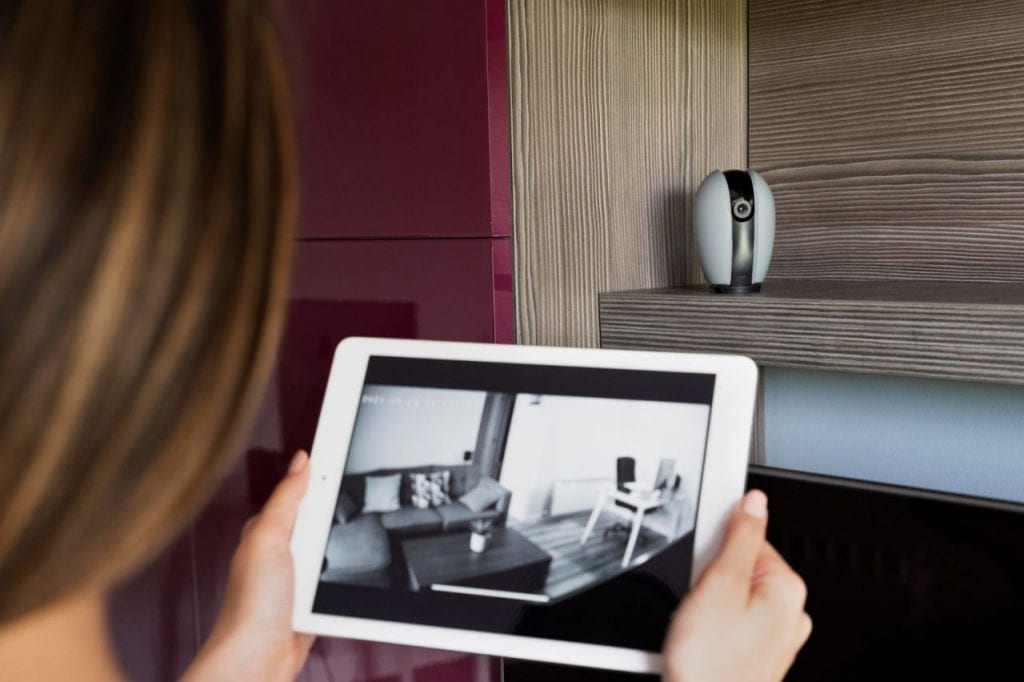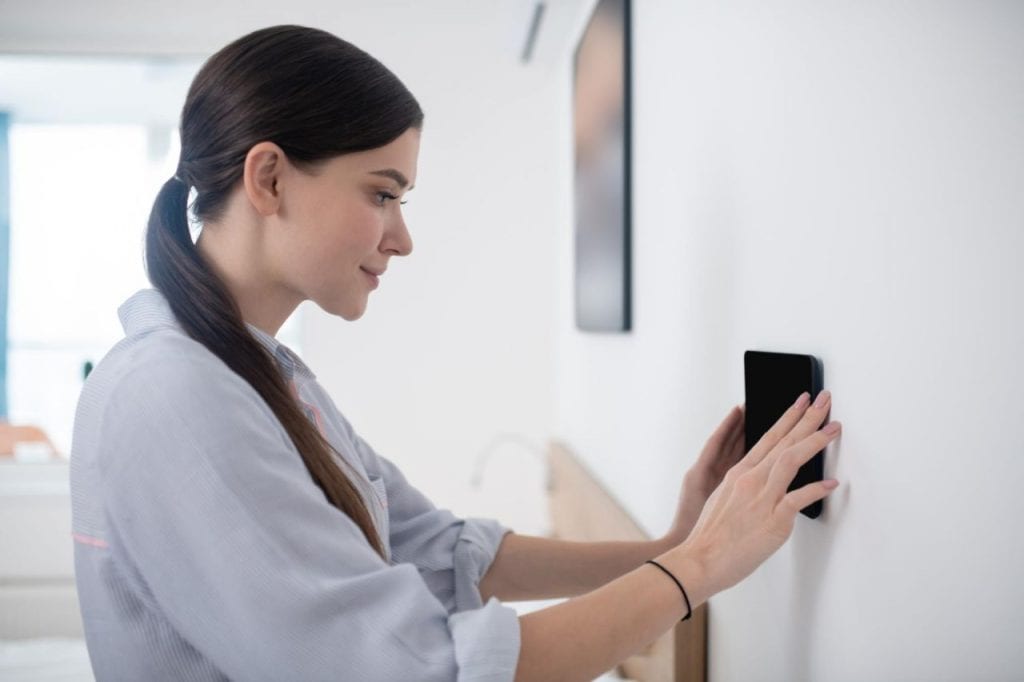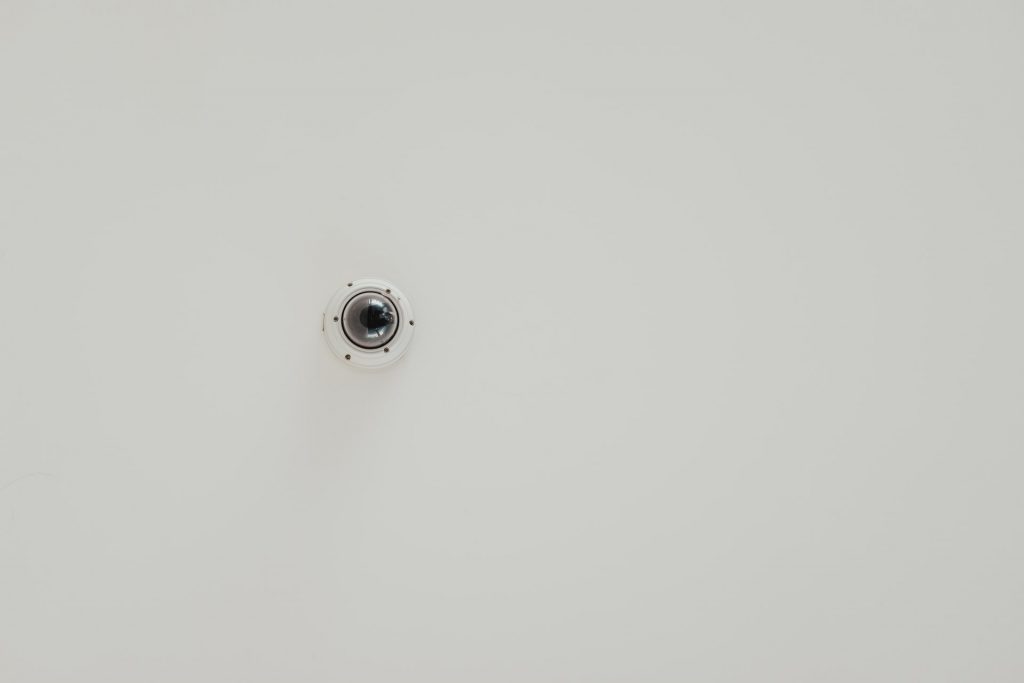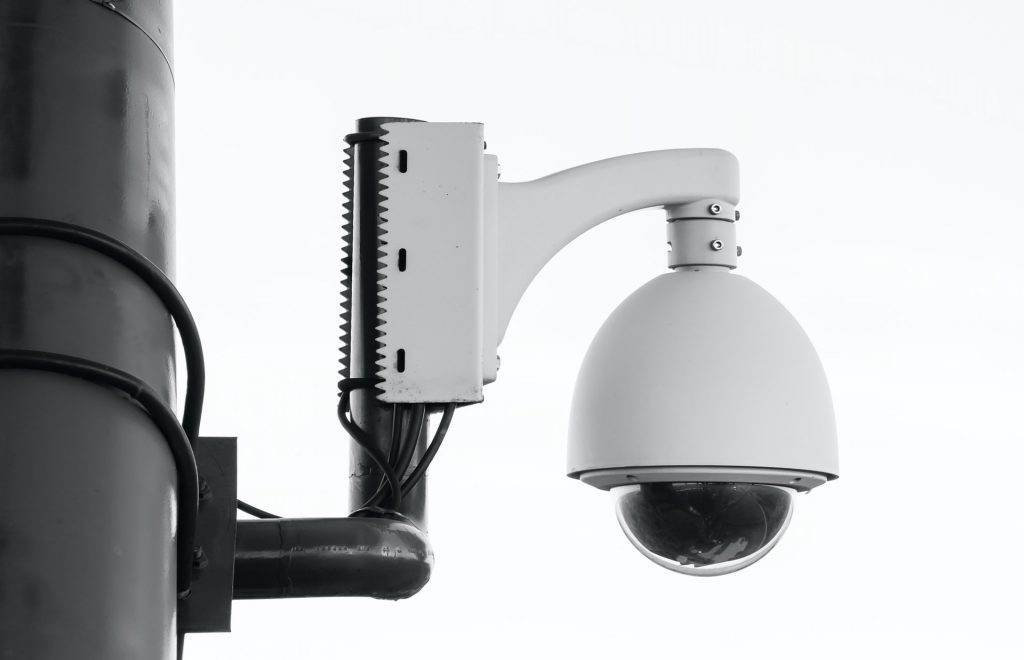Have you considered adding some smart home automation to your home but aren’t sure where to start? There are many different options available, and it can be difficult to decide which ones are the best for your needs. In this post, we’ll look at some of the most popular types of smart home automation and discuss some of the benefits they offer. Keep reading to learn more!
What is Home Automation?
Home Automation, often referred to as “Smart Home Technology”, uses technology to automate your home. Home automation allows you to control almost every aspect of your home through the Internet of Things (IoT).
Home Automation started with the invention of the Thermostat and has developed into one of the biggest and fastest-growing markets in technology. Home Automation’s potential continues to grow. You can use it for home security, controlling appliances, monitoring energy use, as a personal assistant, looking after the elderly or disabled and more.
In this guide, you will learn everything you need to know about Home Automation. Not just how it works, but the different ways it can be used and its downfalls. You will also find several helpful links to emerging Smart-Home products, just in case you run across a piece of technology you never knew you were missing.
FAQs
What Is An Example Of Smart Technology?
Examples would be a smart bulb, smart security camera, smart refrigerator or a smartphone. IoT devices are software-defined products that combine product, application, analytics and the Internet/networking.
What Can Be Automated In A Home?
Security Home Automation Ideas:
- Smart Locks.
- Security Camera.
- Motion Sensors.
- Light Bulb Security Camera.
- Smart Doorbell.
- GPS Car Tracker.
- Sound Sensor.
- Floodlights.
What Is Smart Home Automation System?
Home automation or domotics is building automation for a home, called a smart home or smart house. A home automation system will monitor or control home attributes such as lighting, climate, entertainment systems, and appliances. It may also include home security such as access control and alarm systems.
How Can I Make My Home Smart?
One way to build out a smart home is to buy lots of components—sensors, smart bulbs, security cameras, speakers, and whatnot—and connect them all to a hub that helps them communicate with each other and with you via your smartphone.
Which Is Better For Home Automation Google Or Amazon?
Amazon Alexa offers the most comprehensive assortment of compatible devices, Google offers the smartest digital assistant, and Apple HomeKit includes the most advanced automation features. Ultimately, however, the ecosystem that’s right for you will largely depend on what devices you already own.
How Does Home Automation Work
It is hard to explain how Home-Automation works because there isn’t one universally accepted protocol. In addition, the technology varies from country, company, and type of automation. Often, because the Home-Automation market is so lucrative and fast-paced, companies will withhold new developments.
The first industry standard for home Automation was X10. X10 helps devices connect primarily through power line wiring, radiofrequency, and wireless-based protocols. Today Zigbee, Z-Wave, and Insteon are also leading protocols for Home Automation. These new industry standards rely more heavily on modern wireless technology, like mesh-networking. All of these systems are very complicated. Simply put, they use electricity, radio waves and wireless technology to send messages to and from devices.
Examples of IoT Devices
Within our list, we’ve included some of the most popular smart home technologies and devices available on the market today; however, smart homes possess a lot of potential for the development of even more advanced systems and applications in the not-too-distant future, perhaps with further integration of other technologies such as edge computing or artificial intelligence (AI).
Door Locks
Unfortunately, crimes such as burglary and theft can happen to anyone, so one of the most popular smart home technologies is connected door locks. One of the biggest selling points for smart door locks is their ability to allow you to lock your home from anywhere using a smartphone app.
Are they tired of fumbling for your keys in the rain? You could unlock your home before you’re even out of the car using smart locks. Internet-connected smart locks provide an enhanced level of access control to users by giving them the ability to unlock their home from their office to allow friends or relatives inside or ensure they didn’t forget to lock the house on their way out that morning.
Smart Heating
Smart heating systems are a great way of ensuring your home’s heating bills aren’t hitting the roof. By monitoring your usage and notifying users when they could potentially be using less heating, many smart heating systems can save certain areas. It’s also nice to be able to come home to a warm apartment after a day’s work with a few swipes of a smartphone app.
Other more advanced smart heating systems such as NEST can also be used as smoke detectors and security cameras, helping them provide an additional layer of built-in home security to their smart heating systems.
Smart Gardening
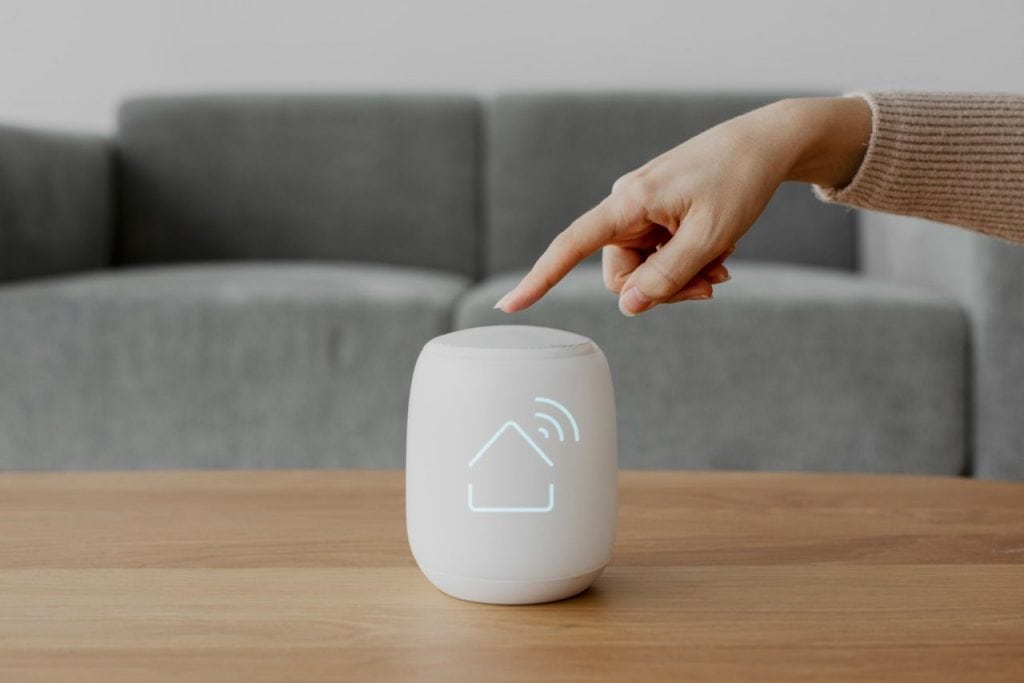
While many Internet of Things devices are located inside the home, the garden has not been forgotten in this era of ever-increasing connectivity. As a result, smart gardening has become a thriving area of the smart home with automated, remote-controlled sprinkler systems, robot lawnmowers and various other garden-focused IoT applications currently available and many more likely in the future.
IoT sensors allow smart gardening systems to automatically increase or decrease water supply or even collect data on incoming weather patterns to determine the most suitable course of action. These systems can also be remotely controlled and customized by users to suit their requirements.
Video Doorbells
Another one of the more popular IoT smart home devices is video doorbells which allow users to receive video calls from their doorbells when someone is at their door. These appliances can also allow users to unlock and access their homes remotely from smartphone apps.
One of the added security bonuses to video doorbells is that they can also notify homeowners when someone is loitering near their property without them having to push a button on the doorbell itself. You can even set some systems not to ring at specific times of the day or during periods where It would be inconvenient.
Personal Assistants
Smartphone assistants have been around for a few years. Now, these systems are becoming increasingly common around the house, with Amazon’s Echo boasting the latest version of popular personal assistant Alexa. With automation technologies becoming increasingly advanced and commonplace, we could soon see smart homes that could potentially be operated virtually entirely by voice activation or controlled using a personal assistant such as Alexa.
As our world continues to become increasingly connected and automated, the amount of data available for harvesting by personal assistants has grown inexplicably. However, we could soon come to a point where, by using technologies such as AI or machine learning, that data could be utilized in a way that far outreaches anything currently available on the market.
Smart Home Basics
Let’s start with the basics. The following are the most commonly used Smart Home options on the market. They are easy to use, install and the most affordable Smart Home tech.
Smart Speakers:
It is reported that 39 million Americans have a smart speaker in their home. It is no surprise, considering all the things they are capable of. Smart speakers can do so much more than play music, though they do an excellent job of that. They can search the internet, tell you the weather, give you a news debriefing, work as a personal assistant, and can act as a central control hub for your entire Smart-Home system. With the right smart speakers, you can control almost every aspect of your home with just your voice. Ask Alexa who is at the front door, use Siri to turn off the light you left on upstairs, and turn the heat down with Google. If you are looking to use your smart speaker as a Home-Automation hub, you need to double-check that the devices you buy are compatible with your speaker, as not all are.
Smart Tvs:
Smart TVs are great because you can watch anything you want, whenever you want, whether you have cable or not. A smart TV usually refers to the TV itself, but in this case, it is an umbrella statement for all IoT video streaming devices. There are tons of options these days when it comes to streaming TV. You can get a literal smart TV that streams Netflix, Hulu, Amazon etc., straight from the unit itself, or you can get a system to pair with your normal TV. Many of these devices can be paired with your Smart Speakers and Central-Control hub, making your home even smarter.
Smart Thermostats:
With smart thermostats, you can monitor your HVAC from wherever you are. You can also set them on a schedule to avoid wasting energy when no one is home. In addition, some smart thermostats have a sensor option that automatically changes the temperature when they sense it is needed.
Smart Plugs: Smart plugs can convert an object into a smarter version of itself. Just plug them into your normal outlets, and then whatever is being powered by them can easily be turned on and off from your smart device.
Light Automation:
When it comes to light automation, there are two options. The first is installing smart light switches. An app can control smart light switches, but many give you various lighting choices, like dimming. The second smart lighting option is smart bulbs. Like smart plugs, smart bulbs enhance regular lights into smart ones. Switch out your old bulbs for smart ones, and you will be able to automate your lighting. So which is a better choice? Smart switches are the more affordable option but often involve complicated installations. Smart bulbs offer more lighting options, like dimming or soft light, but are more expensive because they require the purchase of a translator hub to work with your smart devices.
Video Door Bells:
Video doorbells not only sense and alert you when someone is at the front door but can also show you video footage of who is there and can use intercom technology to talk to your visitor. No longer do you have to yell “who’s there?” or “come in” from across the house. Instead, you can see from your smart device or even ask your smartphone to show you.
Robot Vacuums:
Accessibility to a robot maid may be pretty far off, but a robot vacuum is the next best thing. They can be controlled from your smart devices, including your smart speakers. As if having a robot vacuum wasn’t enough, some of these vacuums come with their artificial intelligence (AI) like your smart speakers, and a few can even stream pictures and video straight to your smart device.
Smart Kitchens
Though technology has yet to provide us with a robot chef, these smart kitchen appliances make cooking and cleaning that much easier. You can even connect many of them with your smart speakers!
Smart Refrigerators:
Smart refrigerators vary in capability. They can tell you how often they are being accessed, alert you if a door is left open, let you know what products you need to buy, and a few models even have monitors that can stream TV. Smart Refrigerators can come with one of these features, a combination of them, or all. Some fridges display this information straight from the unit, but others send all the information to an app. Most of the app compatible refrigerators will also run diagnostics to make sure everything is running smoothly. It depends on what you are looking for.
Smart Ovens:
Smart Ovens allow you to control your over from anywhere. They’re even smart ovens that can be controlled through Alexa. Some apps also allow you to look up recipes and queue up the time and temperature needed for them, but often you still need to press start. Most smart ovens will let you control the timer and run diagnostics for you.
Smart Dishwashers:
Smart dishwashers run on similar apps as smart ovens and app compatible smart fridges. This is because they are produced by the same companies (e.g. LG, GE, Whirlpool etc.). With these apps, you can check the status of your wash, get notifications when your load is done, and stop/start a load. Like the oven and refrigerator, most of these apps will also run diagnostics on your units if necessary.
Smart Laundry:
Laundry isn’t necessarily a kitchen chore, but it fits because these apps are the same as the previous appliances. These smart washers and dryers are just like the dishwasher. You can start/stop/pause a load, check on the status, receive a notification when the load is finished, and run diagnostics from the convenience of your smart device.
Smart Dishes:

You can buy smart plates and forks that monitor your calorie intake and connect with an app to help you keep track of what you are eating. You probably shouldn’t put them through your smart dishwasher, though.
Smart Slow Cookers:
Control your smart crockpot from your phone or tablet. You can check the temperature, change the setting, and turn it on and off. It makes the easiest cooking device even more convenient.
Smart Coffee Pot:
Most coffee pots can be set on a timer to start brewing when you want. In addition, smart pots can be told to brew from your phone so that whenever you want coffee, you can start a pot.
Even the most necessities can be enhanced in a Smart Home. For example, Smart-Bathroom technology will make your bathroom more than a room you have to use.
Smart Toilets:
Smart toilets offer basic features, like touch-free flushing, a sensor that opens/closes the lid, automatic bowl cleaning, and a deodorizer. They also have more luxurious features, like a built-in bidet, heated seats and more.
Enhanced Vanities:
Imagine brushing your teeth and watching TV in the mirror. With enhanced vanities, you can do just that. You can even have smart mirrors with touch-activated lighting and fogless surfaces. Mirrors are not the only part of enhanced vanities, though. You can also invest in a towel heating drawer for a spa-like experience every day.
Smart Showers:
Smart showers have various capabilities. For example, they can be turned on from the comfort of your bed before you even wake up, they save your perfect shower setting, and some even have a TV in them.
Privacy Windows:
Smart privacy windows can be installed or as easy as a film you place over your windows. They can change from a normal window to an opaque window no one can see through from a remote or your smart device. Many privacy windows also protect from harmful UV rays and work as insulators to maintain a comfortable temperature.
Smart Home Security
Whether you want to protect your home, business, camp or vacation homes, Home Automation for security is a great idea. A burglary takes place every 15 seconds in the country, with an average of $2,230 worth of damage. Having a Security system significantly lowers the chances of burglary on your property, but only 17% of homes have one.
It is predicted that one in 36 properties will be broken into this year. These security measures can prevent your property from being another statistic.
Video Surveillance:
With video surveillance, keep tabs on your property from your smart device 24/7. Are you worried about false alarms? An app-based security system will allow you to confirm an alert yourself by accessing footage on your smart device from any camera on the premises.
Sensors:
Sensors are most commonly used on doors and windows that can be potential entry points into your home. App-based sensors can alert your smart device that someone has used one of your entry points.
Automated Locks:
Did you know that the majority of burglars come in through an unlocked door or window? Use automated locks to lock your doors from your smart device wherever you are, or just double check to make sure you already have.
Alarm System:
If the worst happens and your home or business is broken into, a blaring alarm can be set to go off. Most systems can be set to alert the authorities as well automatically.
Fire, Co, And Flooding Sensors:
Burglary is not the only threat to your home or business. Fire, gas, and water can also do serious damage. Smart fire/CO detectors offer in-app silencing and send notifications to your phone if they are triggered. They are also a little nicer to look at than your average detector. Flood Sensors work similarly to their detector counterparts but sit lower to the ground.
How to Control Your Smart Home
Hubs can control all your different smart home devices. With more and more people taking on DIY Smart Home projects, new and improved hubs are hitting the market.
Many hubs work by hosting all your app-based devices and presenting them to you in their app. These hubs are small, no-frills, and fairly affordable.
If you are looking for a more visually appealing option, ‘panel hubs’ have a very slick look. They are more common with central control Home Automation systems, but some are available for app-based devices.
The most popular and highly recommended hubs are smart speakers. The majority of Smart Home devices are smart speaker compatible, and those that aren’t are working to change that. Not only is it more convenient to tell your speaker to turn on the lights, but it makes your house feel that much smarter. It is like having a digital butler.
